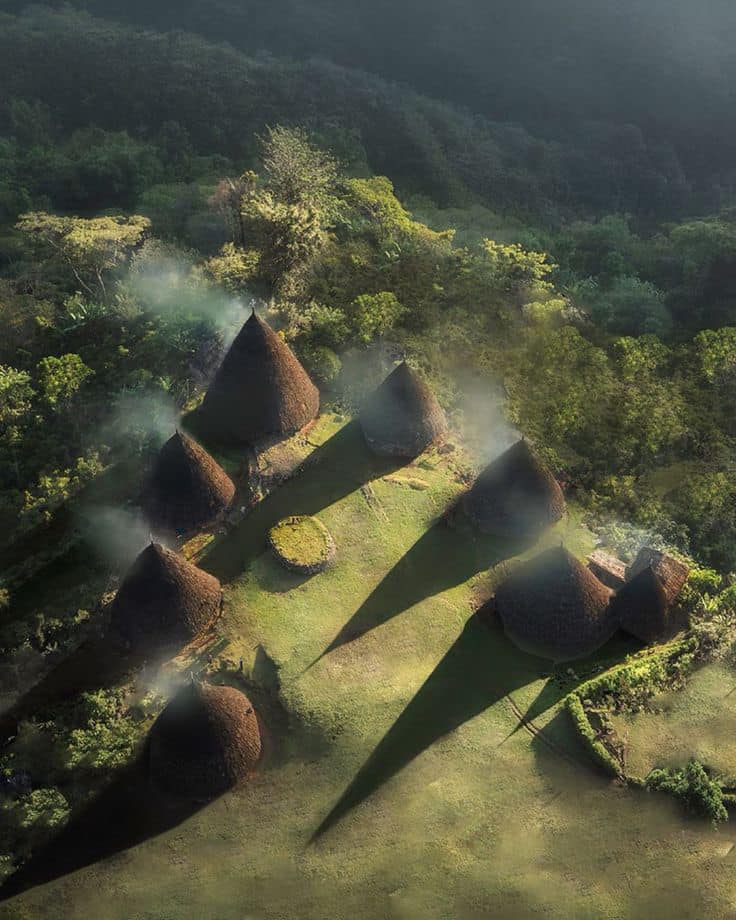Wae Rebo, located on the island of Flores in Indonesia, is an ancient village tucked away in a dense forest. The village offers an immersive experience of Indonesia’s unique cultural heritage, as it represents one of the best-preserved examples of traditional Manggarai housing and communal living.
The village is home to only a handful of families who are descendants of the Manggarai people. These people have their own unique language, cultural practices, and beliefs that have been passed down from generation to generation.
One of the most striking features of Wae Rebo is their traditional housing. The village is known for its ‘mbaru niang’ or cone-shaped communal house, which is believed to be magical and has been the subject of numerous myths and tales.
It is said that the house has the power to protect the villagers from evil spirits and illnesses. The construction of these houses is a technical feat and requires a lot of community effort. The houses are made entirely of natural materials like bamboo and wooden planks. The community replaces the houses every year in a grand ceremony that is held in September.
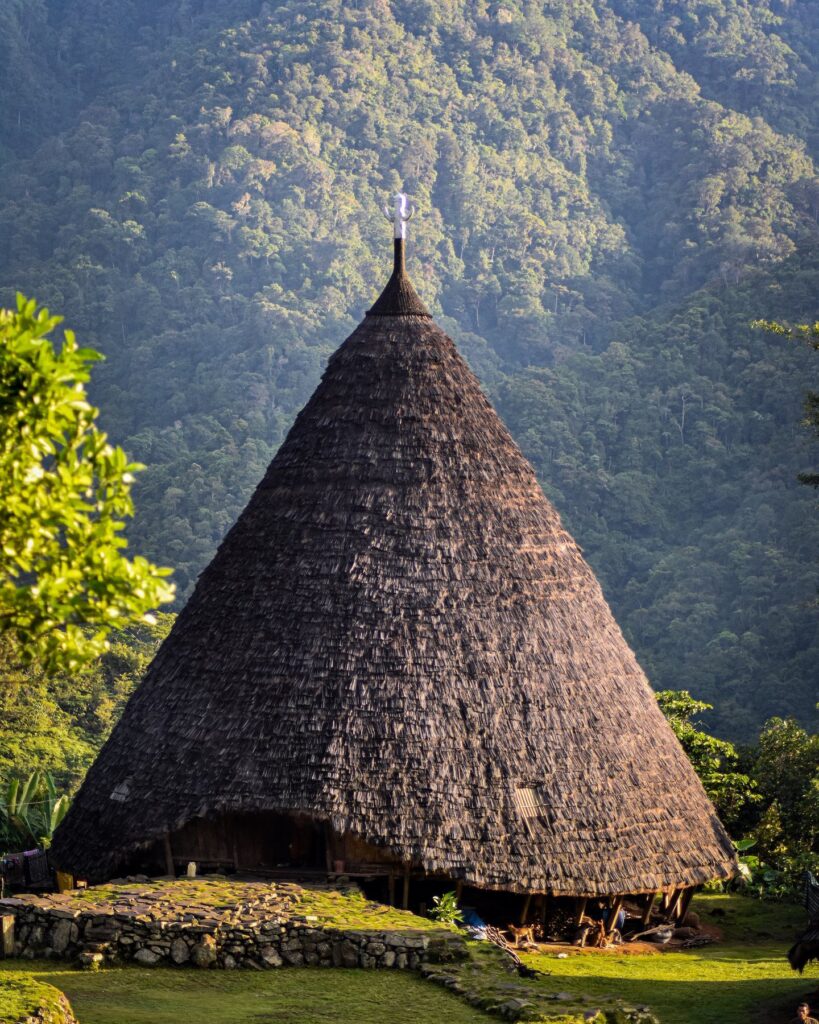
The history of these magical huts is shrouded in mystery and legends, but it is believed to have been passed down for centuries. The houses were initially built as a communal space for the villagers to gather during rituals and special events.
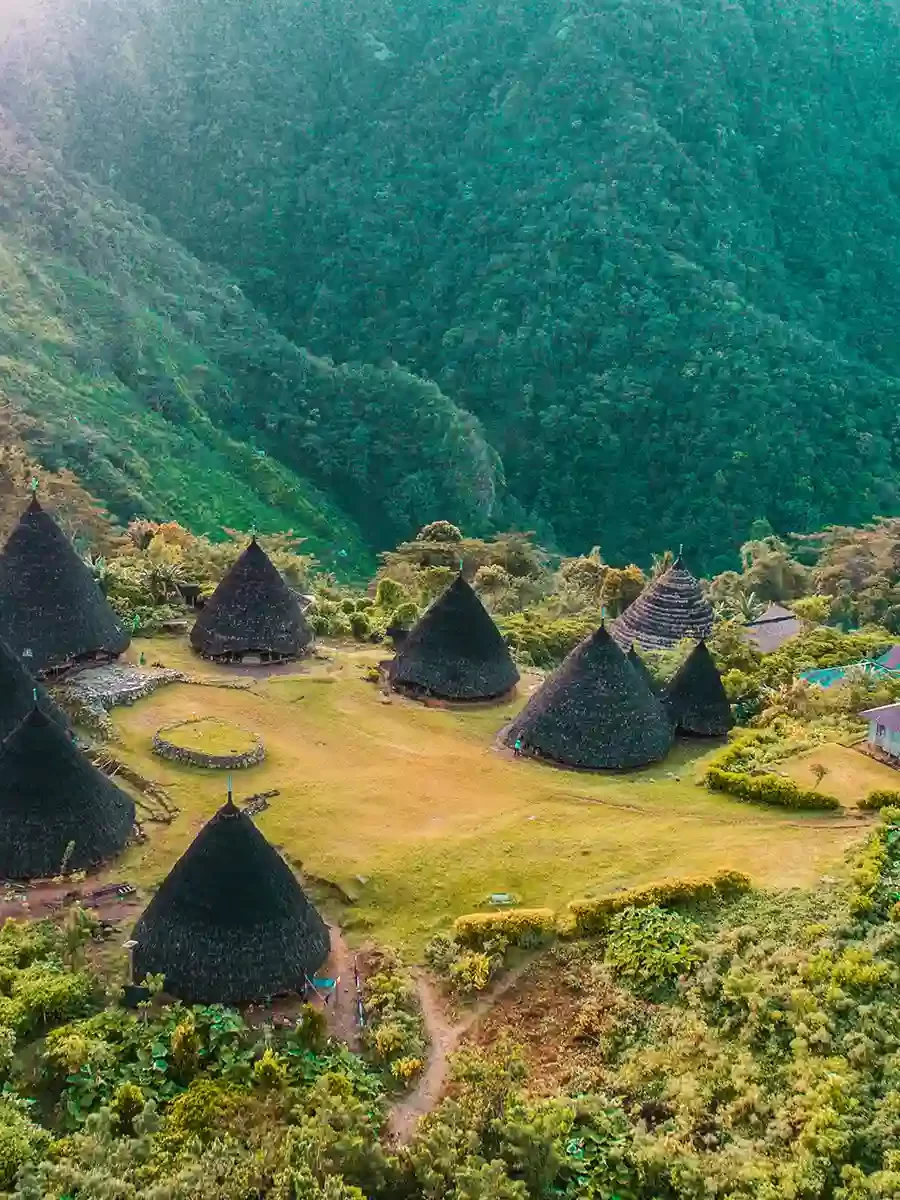
The Manggarai people believe that the house symbolizes the mother’s womb and serves as a protector of the community. The houses are a culmination of architectural and engineering marvel that is being lost as modernization takes hold in Indonesia.
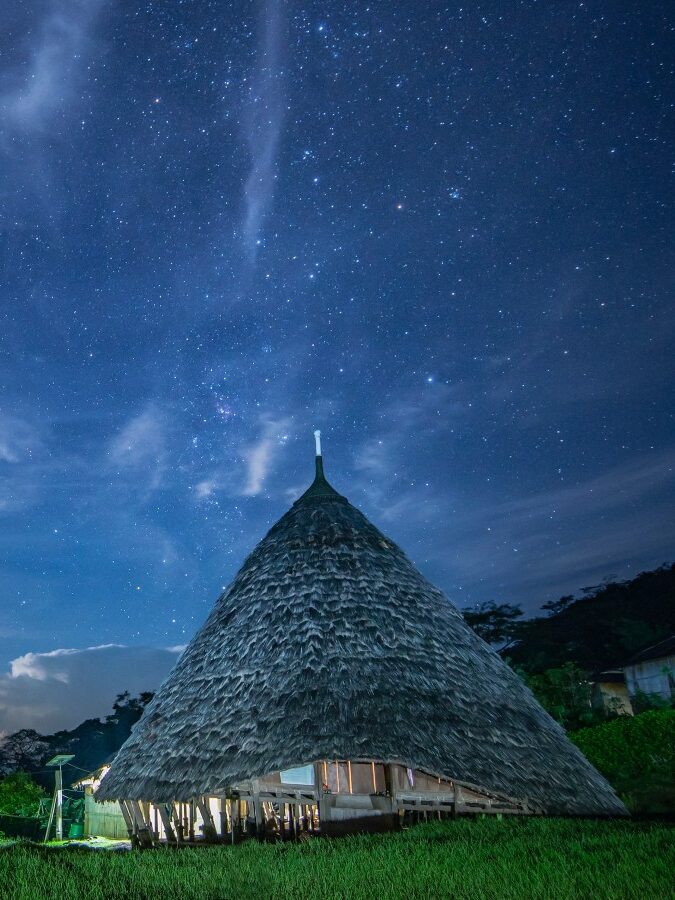
Wae Rebo offers a glimpse of ancient Indonesia, and it is not surprising that it attracts many tourists from around the world. The village has remained relatively isolated from modernity and has been able to maintain its traditions, practices, and beliefs, making it a living museum of Indonesia’s rich cultural heritage. However, as the village becomes more popular, it faces challenges that threaten its sustainability.
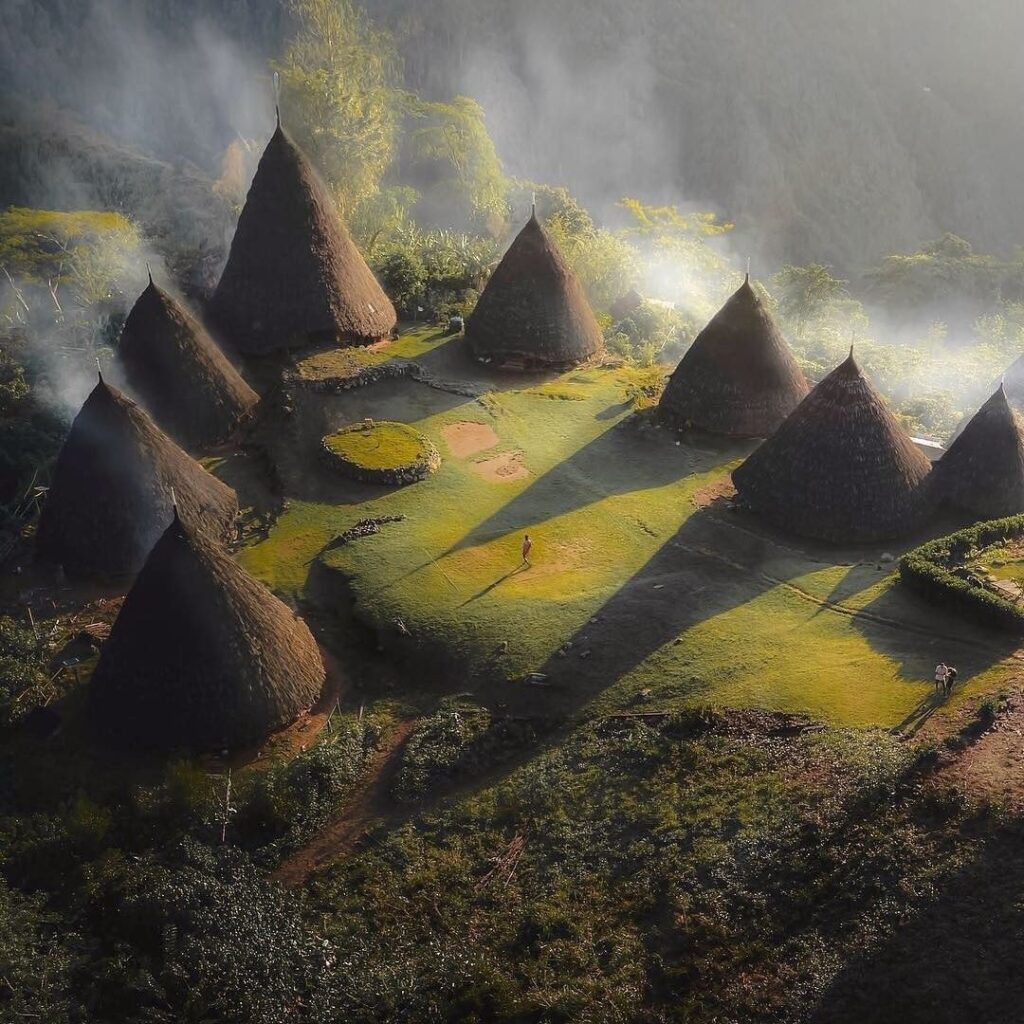
The influx of tourists can bring about changes in the community’s way of life, and there is a risk that the village’s traditions will be lost.



